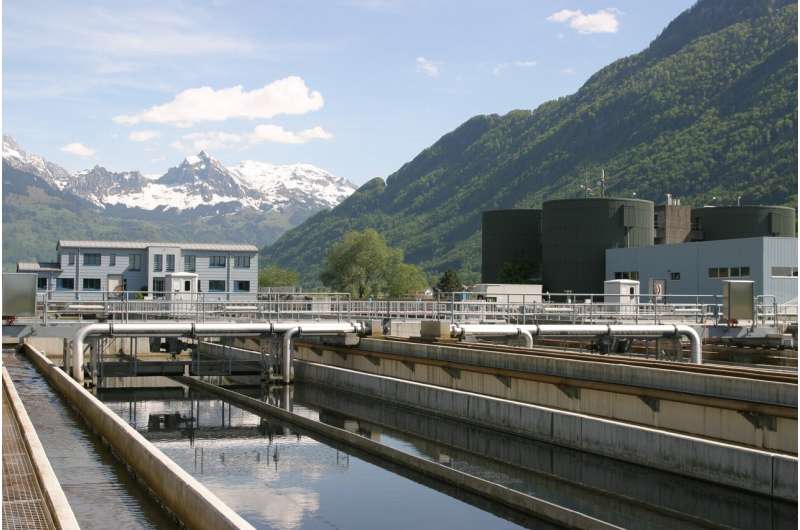Stanford-led research reveals how water systems, from desalination plants to wastewater treatment facilities, could help make renewable energy more affordable and dependable. The study, published Sept. 27 in Nature Water, presents a framework to measure how water systems can adjust their energy use to help balance power grid supply and demand.
“If we’re going to reach net zero, we need demand-side energy solutions, and water systems represent a largely untapped resource,” said study lead author Akshay Rao, an environmental engineering Ph.D. student in the Stanford School of Engineering.
“Our method helps water operators and energy managers make better decisions about how to coordinate these infrastructure systems to simultaneously meet our decarbonization and water reliability goals.”
As grids rely more on renewable energy sources like wind and solar, balancing energy supply and demand becomes more challenging. Typically, energy storage technologies like batteries help with this, but batteries are expensive. An alternative is to promote demand-side flexibility from large-load consumers like water conveyance and treatment providers.
Water systems—which use up to 5% of the nation’s electricity—could offer similar benefits to batteries by adjusting their operations to align with real-time energy needs, according to Rao and his co-authors.
A framework for flexibility
To help realize this potential, the researchers developed a framework that assesses the value of energy flexibility in water systems from the perspectives of electric power grid operators and water system operators.
The framework compares these values to other grid-scale energy storage solutions, such as lithium-ion batteries that store electricity during periods of low energy demand and release it during peak demand periods. The framework also takes into account a range of factors, such as reliability risks, compliance risks, and capital upgrade costs associated with delivering energy flexibility using critical infrastructure systems.
Researchers tested their method on a seawater desalination plant, a water distribution system, and a wastewater treatment plant. They also explored the effect of different tariff structures and electricity rates from utilities in California, Texas, Florida, and New York.
They found that these systems could shift up to 30% of their energy use during peak demand times, leading to significant cost savings and easing pressure on the grid. Desalination plants showed the greatest potential for this kind of energy flexibility by tweaking how much water they recover or shutting down specific operations when electricity prices are high.
The framework could help electricity grid operators evaluate energy flexibility resources across a range of water systems, compare them with other energy flexibility and energy storage options, and modify or price energy, according to the researchers. The approach could also help water utility operators make more informed financial decisions about how they design and run their plants in an era of rapidly changing electricity grids.
The study also highlights how important energy pricing is for making the most of this flexibility. Water systems that pay different rates for energy at different times of the day could see the biggest benefits. Facilities might even be able to make extra money by reducing energy use when the grid is stressed, as part of energy-saving programs offered by utilities.
“Our study gives water and energy managers a tool to make smarter choices,” said Rao. “With the right investments and policies, water systems can play a key role in making the transition to renewable energy smoother and more affordable.”
Meagan Mauter, associate professor in the Photon Science Directorate at SLAC National Accelerator Laboratory, is senior author of this paper. She is also a senior fellow at the Stanford Woods Institute for the Environment and the Precourt Institute for Energy, and an associate professor, by courtesy, of chemical engineering.

